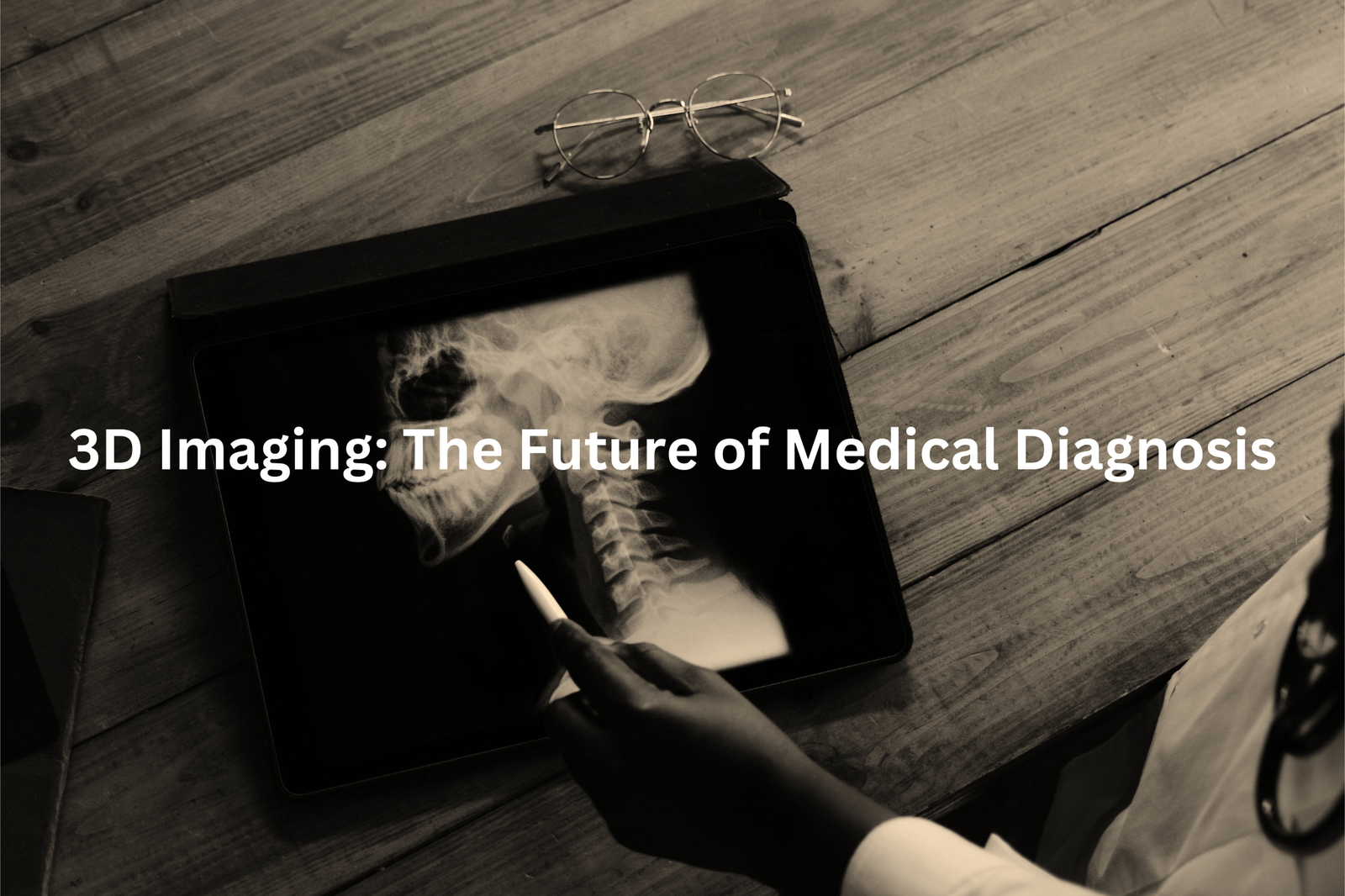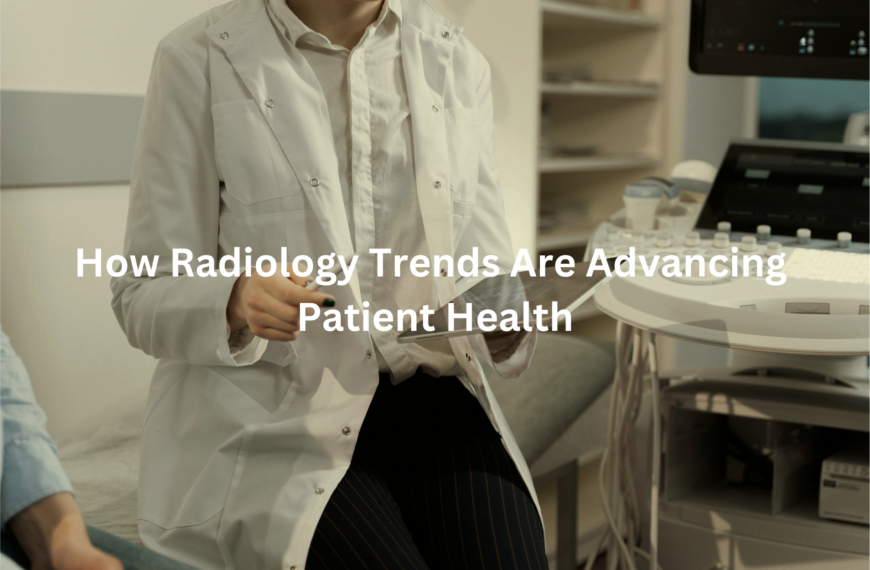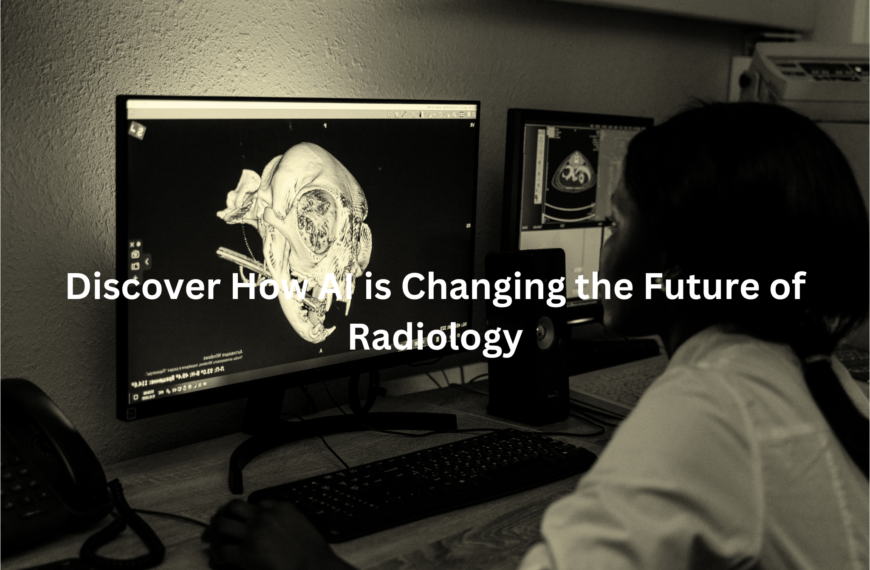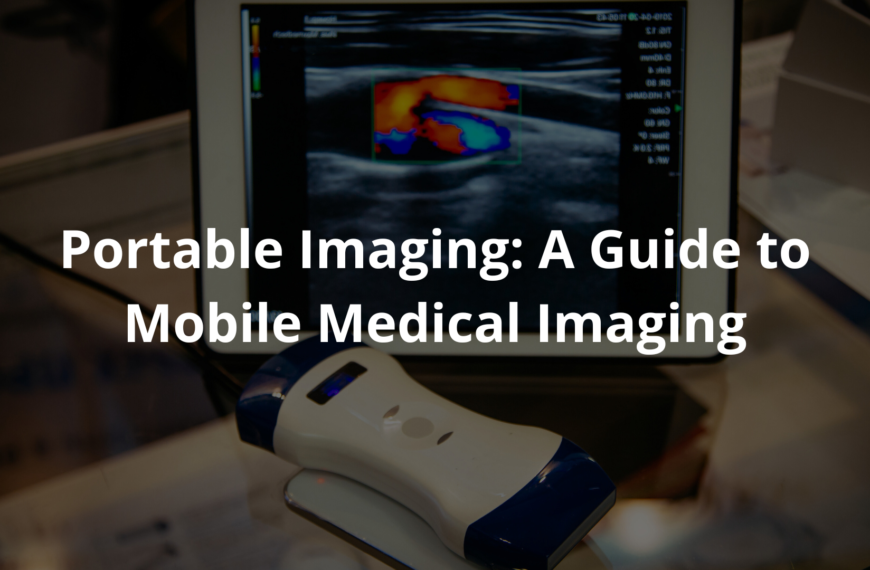3D imaging technology is revolutionising medicine, letting doctors see the human body in new ways for safer surgeries and faster diagnoses.
3D imaging technology is changing how doctors understand the human body. With this tech, they can see everything in three dimensions, which helps them make better choices for patients. This means clearer scans and more accurate diagnoses, leading to improved patient care.
For example, if a doctor can see a tumour in 3D, they can plan surgery better, making it safer for the patient. Isn’t that cool? It’s amazing what technology can do! To find out more about how 3D imaging is helping doctors and patients, keep reading!
Key Takeaway
- 3D imaging provides clearer and more detailed images of the human body.
- This technology helps doctors plan surgeries and diagnose diseases more accurately.
- Patients can better understand their health with 3D models of their bodies.
What is 3D Imaging Technology?
When you hear about 3D imaging, it’s kind of like stepping into the future. Instead of flat pictures, you get lifelike images of the human body—organs, bones, even blood vessels—right there in front of you(1). Tools like CT scans, MRIs, and ultrasounds make this possible, turning medical mysteries into clear, detailed visuals.
I remember a uni lecture where the professor showed us a 3D heart model. She rotated it on the screen, pointing out every valve and chamber. “This helps us plan surgeries,” she said. It stuck with me. It’s not just about seeing; it’s about solving problems.
3D imaging helps doctors find things like hidden fractures or tiny tumours earlier. It’s precise, showing details a flat X-ray might miss. So, if you’re ever at the doctor’s and they’re squinting at a scan, ask about 3D imaging. It’s not fancy—it’s smart, and it could change everything.
Applications in Healthcare
You don’t forget the first time you see a 3D scan of a human body. It’s like looking at something familiar but in a whole new way. I remember seeing a 3D brain scan where every fold and vessel was visible. Even a small tumour showed up clearly. That scan wasn’t just fascinating—it helped the doctors decide on treatment.
3D imaging is changing healthcare in three big ways:
- Better diagnostics: Tumours, fractures, and injuries are easier to spot compared to 2D X-rays. It’s like putting on glasses when you didn’t know you needed them.
- Surgical planning: Surgeons can practise on 3D models before operating. I read about a surgeon who used a 3D jaw model for a child’s surgery—it made the process safer.
- Patient understanding: Seeing your own 3D scan helps things make sense. I saw a patient finally understand their spine problem after viewing it in 3D.
If you’re ever unsure, ask about it. It’s worth it.our care better—and easier to understand.
Technological Advancements
Sources: Educational Symposia.
3D imaging is getting smarter, almost like it’s thinking for itself. That’s thanks to AI (artificial intelligence). It doesn’t just assist—it changes the game. AI scans 3D images, spotting problems like tumours or fractures in seconds. It’s like having a super-focused robot assistant helping doctors see what they might miss.
Two key features stand out:
- AI-Powered Detection
AI reviews images pixel by pixel, flagging anything unusual. I once watched it catch a tiny wrist fracture on a 3D scan during a hospital visit. The doctor admitted it wouldn’t have shown up on a regular X-ray. - Real-Time Imaging
This lets doctors see live 3D images during surgeries. Imagine a brain surgeon using it to navigate delicate areas, with the image updating every second like a GPS.
With AI and real-time tech, 3D imaging isn’t just futuristic—it’s already reshaping healthcare today. It’s fast, precise, and life-changing.can, ask if they use AI or real-time tech. It could mean sharper care, faster answers.
Benefits of 3D Imaging
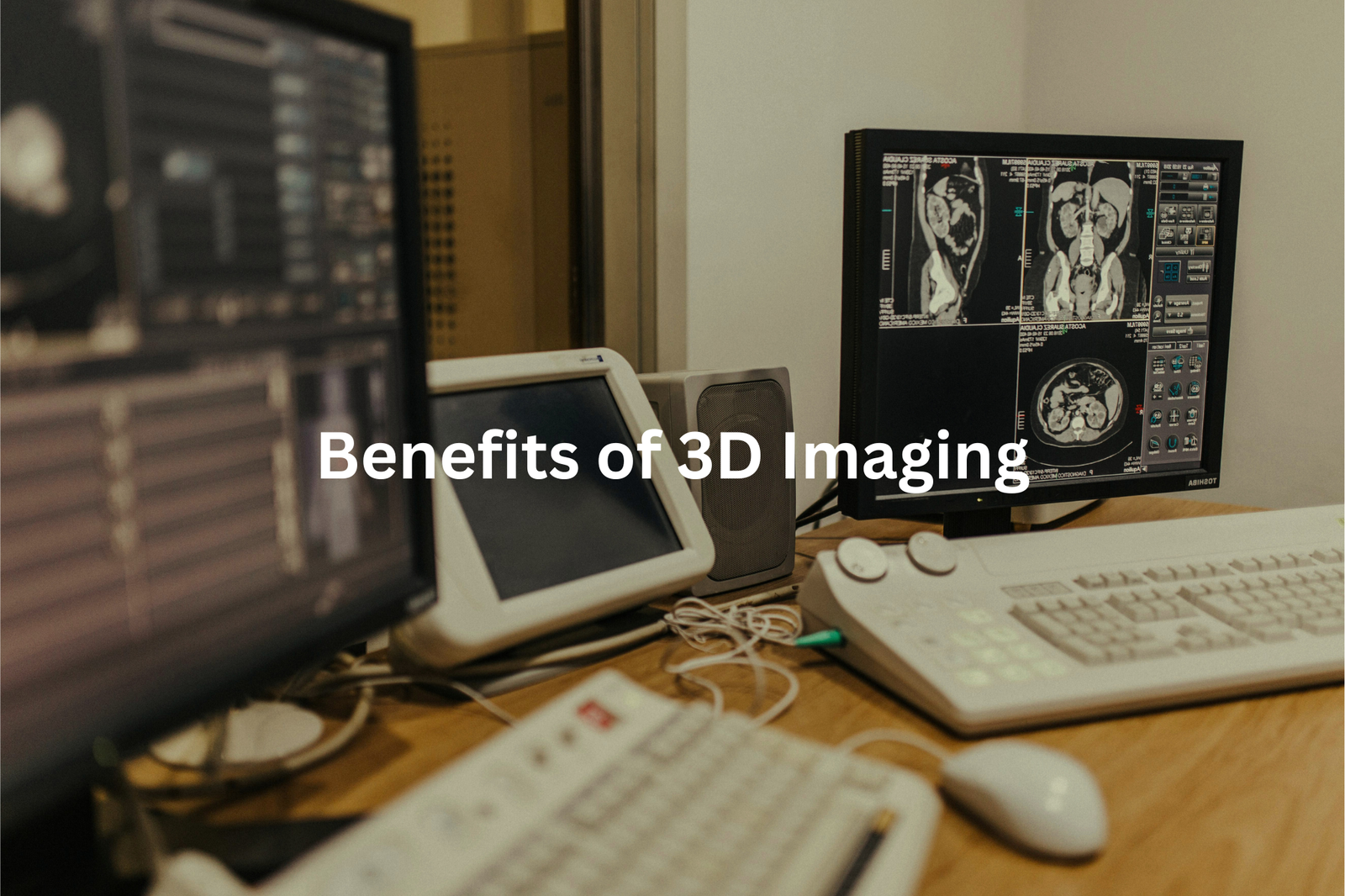
It’s hard not to notice how 3D imaging is transforming medicine. A single scan can show what used to take several tests to find. It’s like upgrading from a flat photo to a full model—details jump out.
The benefits are practical, not just impressive(2).
- Better Accuracy: Doctors can detect things that 2D images might miss. Tumours as small as a grain of rice (just a few millimetres) can be spotted early. That’s life-changing for patients.
- Fewer Tests: Clearer scans mean fewer repeats. A friend of mine avoided extra X-rays because her 3D chest scan gave all the answers in one go.
- Safer Surgeries: Surgeons use 3D imaging to map the body. It’s like having a detailed guide. For heart surgery, it’s reduced risks by 20%.
If you’re having a test or surgery, asking about 3D imaging could save time, stress, and even improve outcomes. It’s worth considering.metimes, one good scan is all it takes.
Challenges and Considerations
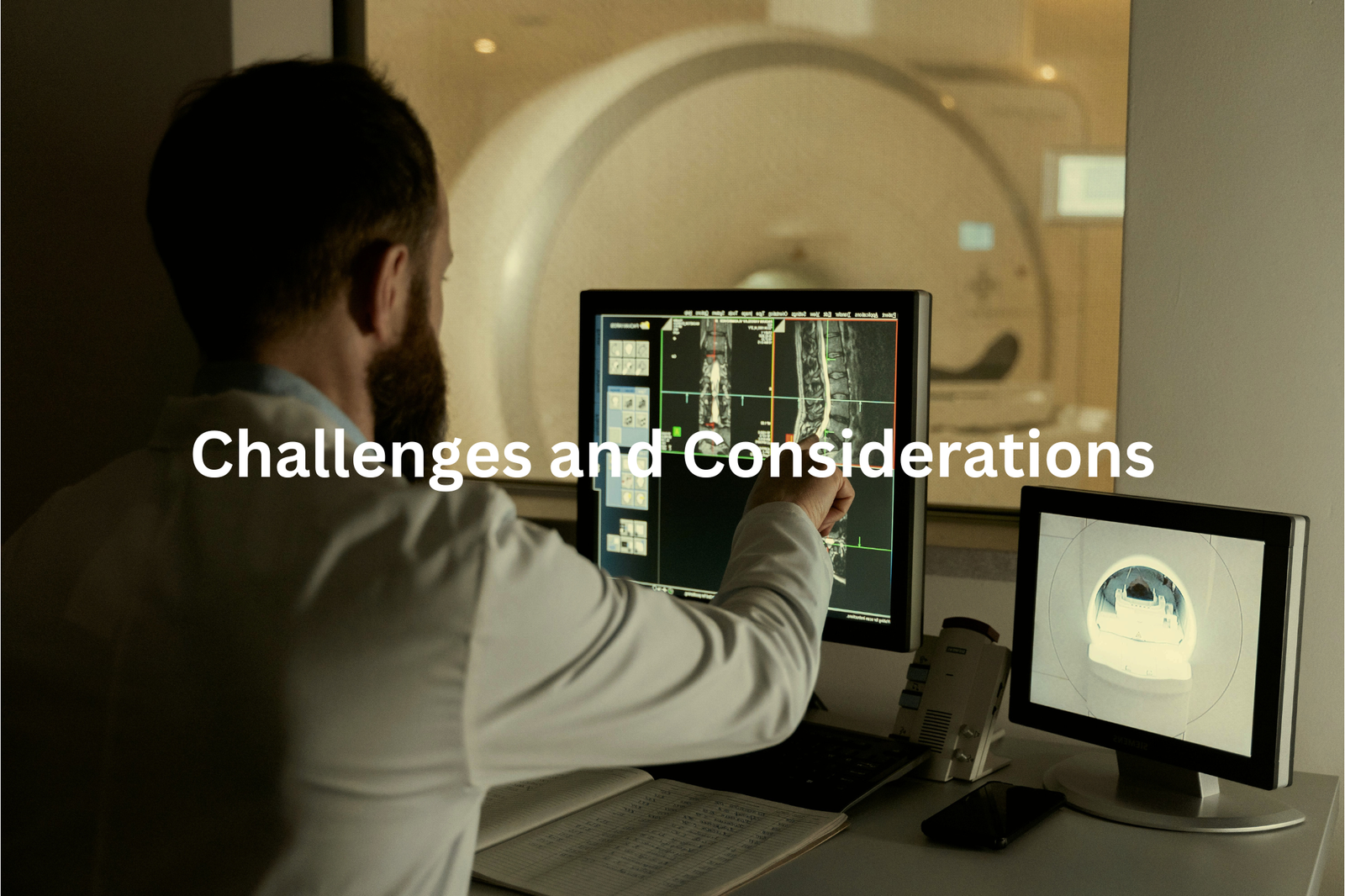
Not everything about 3D imaging is shiny and perfect. For one, it’s pricey. Many smaller hospitals, especially in rural areas, can’t afford the machines. I’ve heard of patients travelling over 200 kilometres to reach a city hospital with the right equipment. That’s hard when you’re unwell.
Then there’s training. Reading 3D scans isn’t like looking at 2D ones(3). Radiologists need extra skills, and the learning never stops. A doctor once told me they spent six months mastering a new system, only for it to get updated again. Frustrating.
The machines themselves? Not flawless. They break down or need repairs. I visited a clinic where their 3D scanner was out of action for 12 days. Patients had to go elsewhere, delaying care.
Still, there’s hope. Shared equipment between hospitals could help, and online training for doctors might close the gap. If you’re a patient, ask about options—sometimes, solutions are closer than they seem.
FAQ
What are the different types of 3D imaging techniques used in the medical field?
3D imaging techniques like magnetic resonance imaging, cone beam, and lidar 3D imaging are revolutionising medical care. These advanced technologies create high-resolution images and digital models of anatomical structures, enabling better implant placement, disease progression tracking, and overall quality of care.
How can 3D imaging improve dental care?
3D imaging in dentistry, such as intraoral scanners and cone beam computed tomography, provides detailed 3D models of teeth and jawbones. This helps with accurate cephalometric analysis, maxillary expansion planning, and other dental procedures, leading to better outcomes for patients.
What are the advantages of 3D imaging over traditional 2D X-rays?
Unlike traditional 2D X-rays, 3D imaging techniques like medical images and 3D surface imaging give healthcare professionals a deeper understanding of internal structures. This leads to more precise diagnosis, treatment planning, and monitoring of conditions like cardiovascular diseases and oral health issues.
How does 3D imaging use light sources and polarisation?
3D imaging can utilise polarisation 3D imaging techniques, where a light source and polariser create depth information from diffuse and specular reflection patterns. This allows for the capture of 3D data from transparent objects and complex surfaces, expanding the applications of 3D imaging in the medical field.
What role does image analysis and deep learning play in 3D imaging?
Advanced image analysis and deep learning algorithms are transforming 3D imaging. These techniques enable faster, more accurate image segmentation, 3D object reconstruction, and disease progression tracking. Researchers are continuously exploring new ways to leverage these tools to improve patient outcomes across the entire field of medical imaging.
Conclusion
3D imaging technology is really changing how doctors look inside our bodies. With clearer pictures, they can understand what’s wrong more easily. This helps them find the right treatment for patients. As this technology gets even better, more people will get the help they need. So, keep watching what happens with 3D imaging in the future; it’s going to be pretty interesting! Just remember, it’s all about helping patients feel better and healthier.
References
- https://www.csiro.au/en/work-with-us/industries/mining-resources/Mining/Metrology
- https://mindwaysaustralia.com.au/the-3d-imaging-advantage/
- https://www.abc.net.au/science/articles/2015/02/11/4161675.htm

